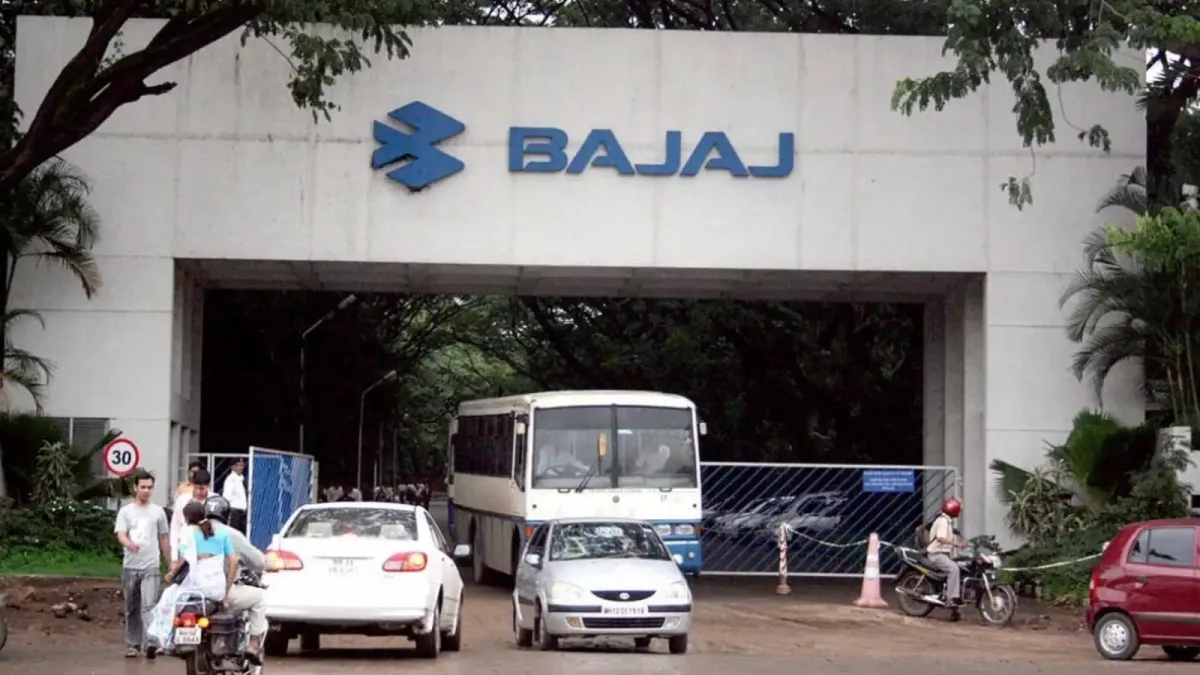

Bajaj Auto has announced its financial results for the first quarter of fiscal year 2026, revealing a robust performance driven by exports and the increasing contribution of electric vehicles. The company's consolidated profit after tax (PAT) stood at ₹2,210 crore, a notable 14% increase compared to ₹1,942 crore in the same quarter of the previous year.
The revenue from operations also saw a healthy rise, reaching ₹13,133 crore, which is a 10% increase from ₹11,932 crore in Q1 FY25. However, another source mentions a slightly different figure for standalone net profit, reporting ₹2,096 crore, a 5% increase from ₹1,988 crore in the corresponding period last year. The revenue from operations, according to this source, advanced 5.5% to ₹12,584 crore from ₹11,928 crore in the year-ago period.
While domestic sales experienced a decline of 8% to 6,34,808 units compared to 6,90,621 units in Q1 FY25, exports demonstrated strong growth, increasing by 16% to 4,76,429 units from 4,11,435 units in the same period last year. This surge in exports helped the company achieve its highest-ever export revenue in a quarter.
Bajaj Auto's electric vehicle (EV) segment has been a significant contributor to its success. Retail volumes of the Chetak electric scooter more than doubled, and EVs now account for over 20% of the company's domestic revenue, a substantial increase from the "early teens" percentage during the same period last year. In the electric three-wheeler segment, Bajaj holds a market-leading 36% share in the L5 category. The company highlighted that Chetak recorded a two-fold jump in retail volumes, accounting for nearly half of the industry's incremental volume in the segment.
The company's performance was driven by electrification, premiumization, and exports. Premium bikes KTM and Triumph, together, billed over 25,000 bikes in the domestic market, up 20%. Furthermore, domestic motorcycles experienced double-digit volume growth quarter-on-quarter, driven by the focused 125cc+ segment, which saw its market share inch up. Commercial vehicles delivered more than 100,000 quarterly retail sales for the eighth consecutive quarter.
Despite the positive results, Bajaj Auto faced some challenges. The operating income, also known as earnings before interest, taxes, depreciation, and amortisation (EBITDA), advanced 3% to ₹2,482 crore, but the EBITDA margin contracted by 50 basis points (bps) to 19.72% against 20.25% in the corresponding period last year. The company also flagged initial signs of supply chain stress later in the quarter due to the unavailability of rare earth magnets, a critical component for electric vehicles.
Even with a marginal 1% rise in total sales volume to 1,111,237 units in the April–June quarter, compared to 1,102,056 units in the same period last year, the company's performance remained steady due to strong export momentum and rising EV sales.
Bajaj Auto's surplus funds stood at ₹16,726 crore after infusing ₹300 crore into Bajaj Auto Credit to finance the continued growth of its loan book and ₹1,525 crore into Bajaj Auto International Holdings BV, to partly fund the KTM Austria transaction.